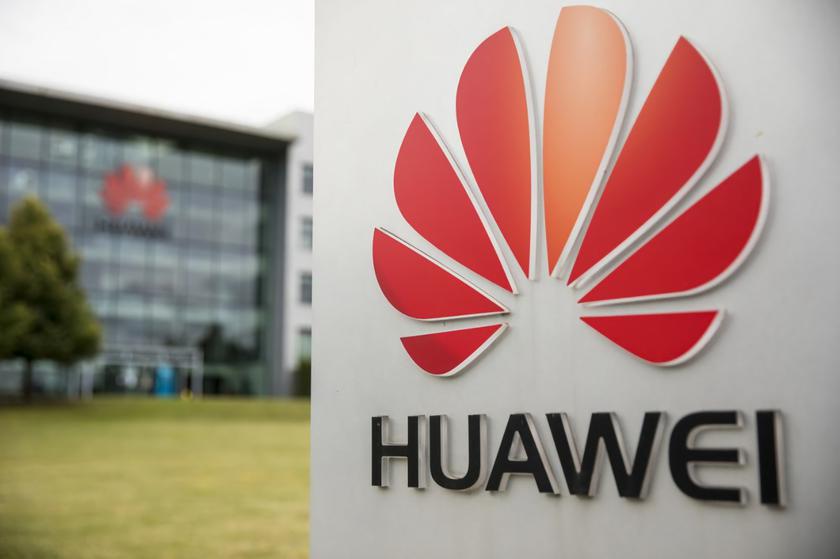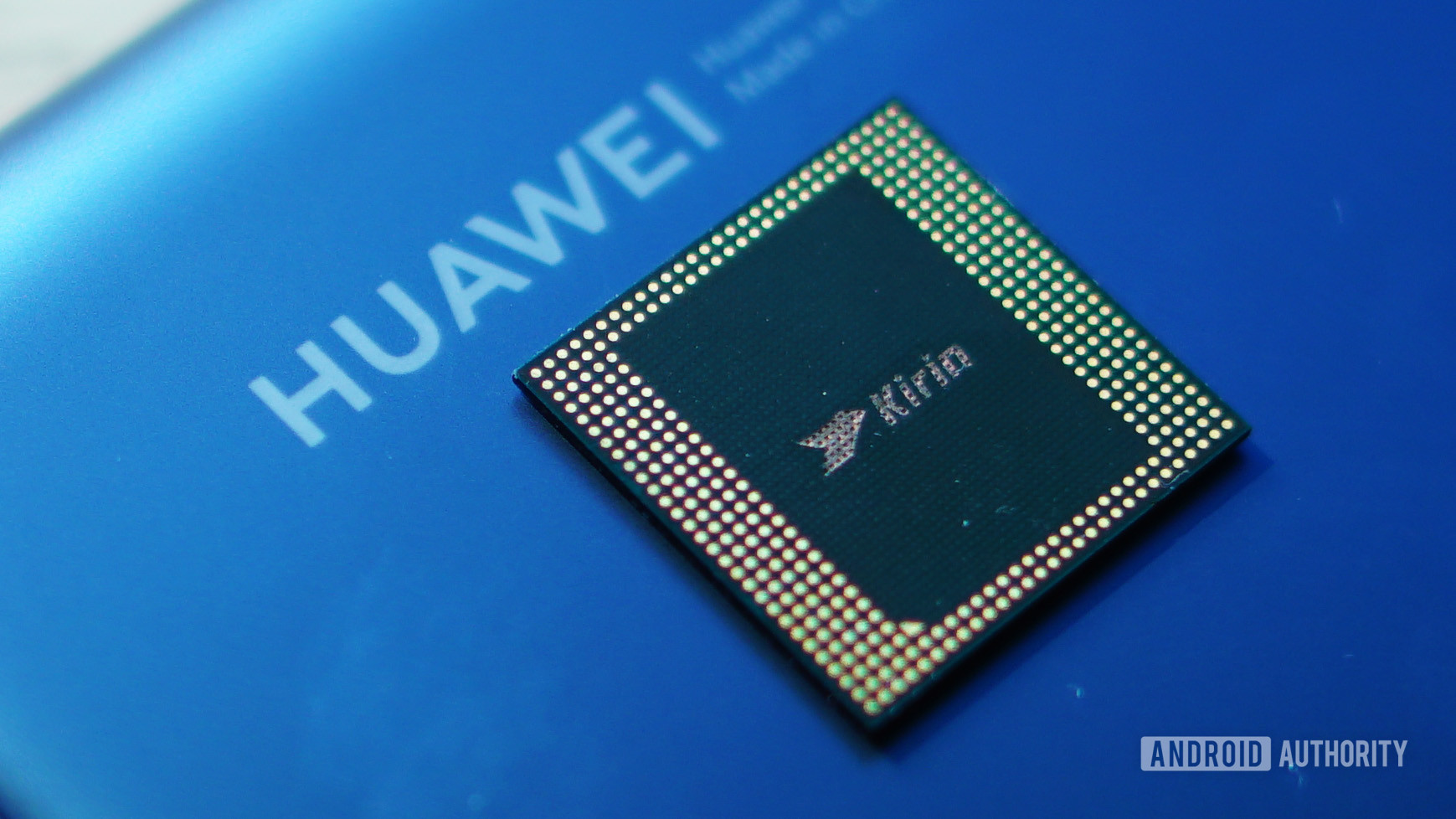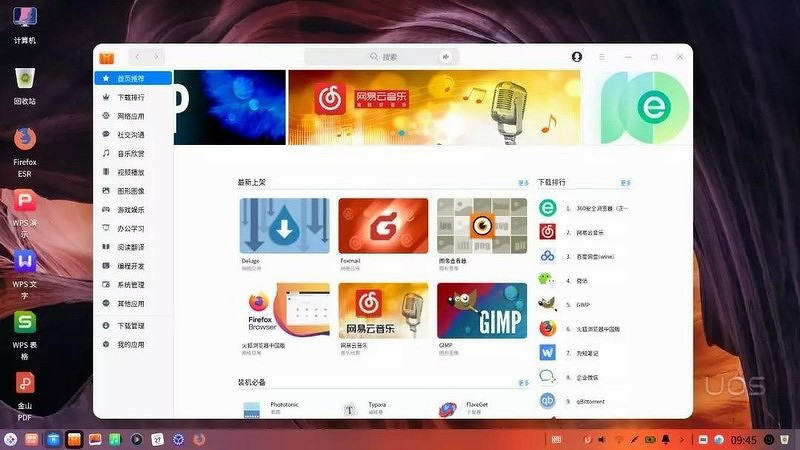
The Chinese company Huawei, after being sanctioned by the US, is looking for ways to solve this problem. One way is to develop your own operating system for tablets, phones and smartwatches. We have already written about this OS .
The next step is to try to dispense with American technology in laptop manufacturing. The company announced a new laptop Qingyun L410 based on the ARM-based Kirin 990 processor and without Windows. Instead of this operating system, the Linux distribution UOS is installed. The laptop is mounted in the MateBook 14 case.
More details on features
The Kirin 990 processor is made using 7nm technology, which is a bit strange, since the company recently announced its own 5nm Kirin 9000 processor. In addition, the Kirin 990 has a modification with an integrated 5G modem. Probably, the company decided to first assemble a laptop based on not the most expensive and modern components, assess the demand, and then move on, based on customer feedback and the number of devices sold.
As far as is known, this laptop will appear in March next year. Its interesting feature is that the system was not developed from scratch. The company simply changed the base for Intel chips for the ARM architecture. Huawei used the MateBook B5-420 as the basis, which is considered a premium model. It is also mounted in the MateBook 14 case, so it is logical that Qingyun L410 is mounted in it.

The display of the device has received a resolution of Quad HD, or 2K. This is an IPS screen with a diagonal of 14 inches and an aspect ratio of 3: 2. The model MateBook B5-420, which served as the basis for the development of the new device, had a 10th generation Intel Core i5 processor.
The video chip that was installed in the MateBook B5-420 is a discrete Nvidia GeForce MX 350 graphics card. However, it is unclear whether it will be installed in the new laptop with an ARM processor. The fact is that the Kirin 990 has its own Mali-G76 MP16 video subsystem with 16 cores and a frequency of 700 MHz. So Huawei may decide not to install a discrete video chip, but use the default one.

What about Chinese Linux?
The version to be installed is well known. This is the Unity Operating System, which exists in two versions - server and desktop. This system was known about a year ago, when the developers published its beta version. The stable release was released in early 2020.
By the way, this is not the development of Huawei, but the official state OS, which the Chinese authorities propose to install on all PCs in state organizations. It will replace all American systems: according to the plan, in two years, all software on devices in government organizations should be made in China. As a result, import substitution will be complete - the Chinese decided to replace all American solutions without exception.

The basis of the system is the Deepin distribution kit, which has been developed for many years. It was formerly called Hiweed Linux since development started in 2004. Then it was developed by Wuhan Deepin Technology. Despite the fact that the system is state-owned, it is an international project.
In turn, Hiweed Linux is based on Debian Linux. After all the improvements, the system received a unique interface and several dozen pre-installed utilities, most of which were developed by the Chinese. The list of pre-installed software includes the Deepin File Manager and the DMovie video player. In addition, the WPS Office suite is part of the same system.
As far as can be understood, notebooks based on the Chinese OS will only be sold in China. They are unlikely to enter the international market.
Not only Huawei
Not only Huawei, but also other companies, including Apple, refuse from Intel processors. Here, of course, the reason is no longer in the sanctions. However, in the summer of 2020, the Cupertino-based corporation made the decision to completely abandon Intel chips, switching to the M1 ARM chip. At the same time, laptops and nettops that received a new processor did not change outwardly.
Huawei has already brought to the market an ARM computer, though not a laptop, but a desktop, which is called Qingyun W510. It is based on a Huawei-made processor called Kunpeng. The processor model is Kunpeng 920 3211K with 24 cores, aka HiSilicon Hi1620. The processor bypasses the Core i9-9900K in some tests, so performance is okay here.
You can live without the USA too
Now China is very actively working in the framework of import substitution - it is vital for the country. The Chinese government is going to invest about $ 1.4 trillion in the development of high technologies until 2025. The funds are planned to be provided to Chinese companies, manufacturers of electronics and software. Including chip developers.

This year, $ 563 billion will be allocated for the development of the corresponding infrastructure. Of course, there is no guarantee that the country will be able to achieve the set goal, but China is still doing everything that depends on it. In addition to investing in infrastructure, the country spends a lot on “headhunting,” that is, on finding and attracting talented specialists capable of developing chips.
Huawei plans to start industrial production of its own chips by opening a factory in Shanghai. American technologies will not be used for this.
At the first stage, the company will start producing 45nm chips (we are not talking about mobile processors), in a year it will master 28nm processors, and in another year - 20nm chips, including processors for devices based on 5G technology. If the Chinese succeed, the United States will have a powerful competitor. By the way, the South Korean government announced its intention to start developing its own infrastructure for IT enterprises, including the production of chips. True, this country still has slightly less resources than China, so the plans may remain plans.
